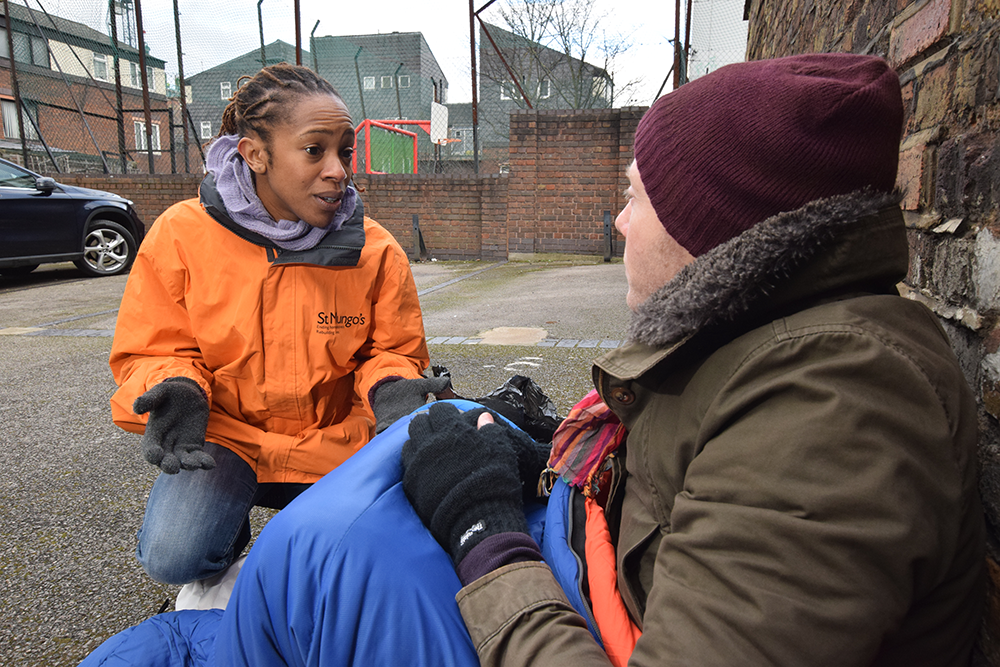In the wake of the coronavirus pandemic, institutional investors have an opportunity to widen their real estate investment into social and affordable housing investment funds that are specifically tackling homelessness and rough sleeping. This is an area offering a compelling investment case, with government backed, inflation-linked income and is receiving unprecedented political support under the Government campaign ‘Everyone In.’
Institutional investment into UK social and affordable housing funds is on the rise and has attracted investment from local authority pension funds including Greater Manchester, Merseyside and Lancashire[1]. This segment of the residential property sector offers sought-after investment characteristics with long-term, inflation-linked yields and asset backing. It offers investors an additional layer of diversification with rental yield growth underpinned by structural undersupply - lowly correlated to the wider property market and more resilient to economic shocks[2]. Social and affordable housing can also achieve significant impact, proven to be a highly effective solution to homelessness.
However, to date most pension fund investment has been made in social and affordable housing funds that focus on new housing developments. These are typically large-scale, mixed tenure developments that play an important role in increasing the overall supply of general-needs and affordable housing stock in the UK.
In the wake of the coronavirus pandemic, pension fund managers are presented with a unique opportunity to widen their investment in social and affordable housing to include rough sleeping and homelessness and help keep Everyone In to the benefit of individuals, as well as society.
Housing funds for homelessness and rough sleepers
Much like other residential housing investments, these funds generate their investment returns from a combination of rental income and capital appreciation of the underlying homes. However, they have some unique characteristics:
- Inflation-linked rental income underpinned by government-supported revenue
- Rental growth underpinned by structural undersupply rather than market cycles
- Long-term tenancies with lease or loan terms exceeding five or more years
- Low concentration risk due to the strategy of acquiring dispersed “ordinary homes on ordinary streets”
- Wrap-around support provided to tenants by charity partners
Housing funds tackling homelessness are not new. There are a number of experienced fund managers who have built a track record specialising in this part of the market including: Bridges Fund Management, Resonance, Social and Sustainable Capital. And as awareness for the issue is heightened, we will undoubtedly see new entrants.
For investors navigating this space for the first time, a key consideration is the robustness of partnerships between the fund managers, local authorities, and charities. Local authorities have a statutory duty to provide accommodation to people who are unintentionally homeless and in priority need. Well-managed social property funds can help reduce local authorities’ reliance on inadequate and often highly priced PRS accommodation as well as providing the links to charity partners who play an important role in delivering the wrap-around support. This support helps ensure individuals have the best chance of breaking what is often a repeated cycle of homelessness and remain safely housed for the long term. The strength of these relationships is a key factor in achieving impact success, as well as underpinning the security of investment returns.

Photo by St Mungo's, a charity helping tackle homelessness.
Impact
Social property funds can have a real impact. Social property manager, Resonance, cited in its latest impact report, that across its three housing funds: employment has increased in the last three years to just over 45%; and 78% of all tenants say their support network and relationships have been positively affected by living in a Real Lettings home[3].
Homelessness in the UK was already a tragic picture but has been exacerbated by the coronavirus pandemic, the full effect of which is yet to unfold. Now is the time for institutional capital to play a role in finding a lasting solution.
If you’d like to learn more or have any questions about this topic, please contact Anna Shiel, Karen Ng or Katie Fulford-Smith.
